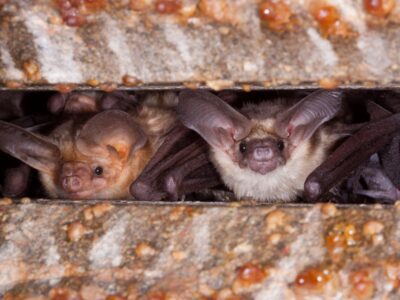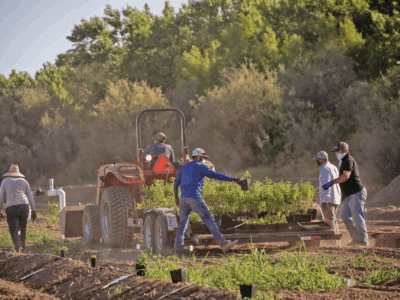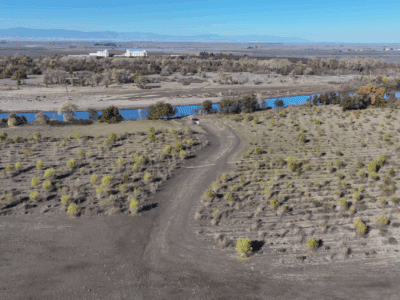- Habitat loss in the Central Valley threatens many migratory bird species dependent on river corridors and wetlands as a crucial stop along the Pacific Flyway.
- River Partners’ decades of experience restoring riverways is getting a boost from the Central Valley Joint Venture to accelerate the rate and quality of restoration for birds, leading to improved habitat for other critical species, recharging depleted groundwater, and boosting flood protection for downstream communities.
From Alaska to Patagonia, migrating birds fly between their summer and winter homes along the 10,000-mile Pacific Flyway each year. California’s Central Valley is a crucial link in the West Coast shuffle, with more than 100 million birds representing over 400 species flocking to wetlands and river corridors up and down the state.
But habitat loss, droughts, diminishing food sources, and climate change all threaten the birds’ survival. We’ve lost over 95% of historical riparian forest and 90% of wetlands that birds depend on in the Central Valley.
Despite great strides in conservation, including bringing two migratory bird species back from the edge of extinction—the Sandhill Crane and Aleutian Cackling Goose—California still experiences drastically low populations of certain birds. And most species don’t occupy near the full breadth of their historic range.
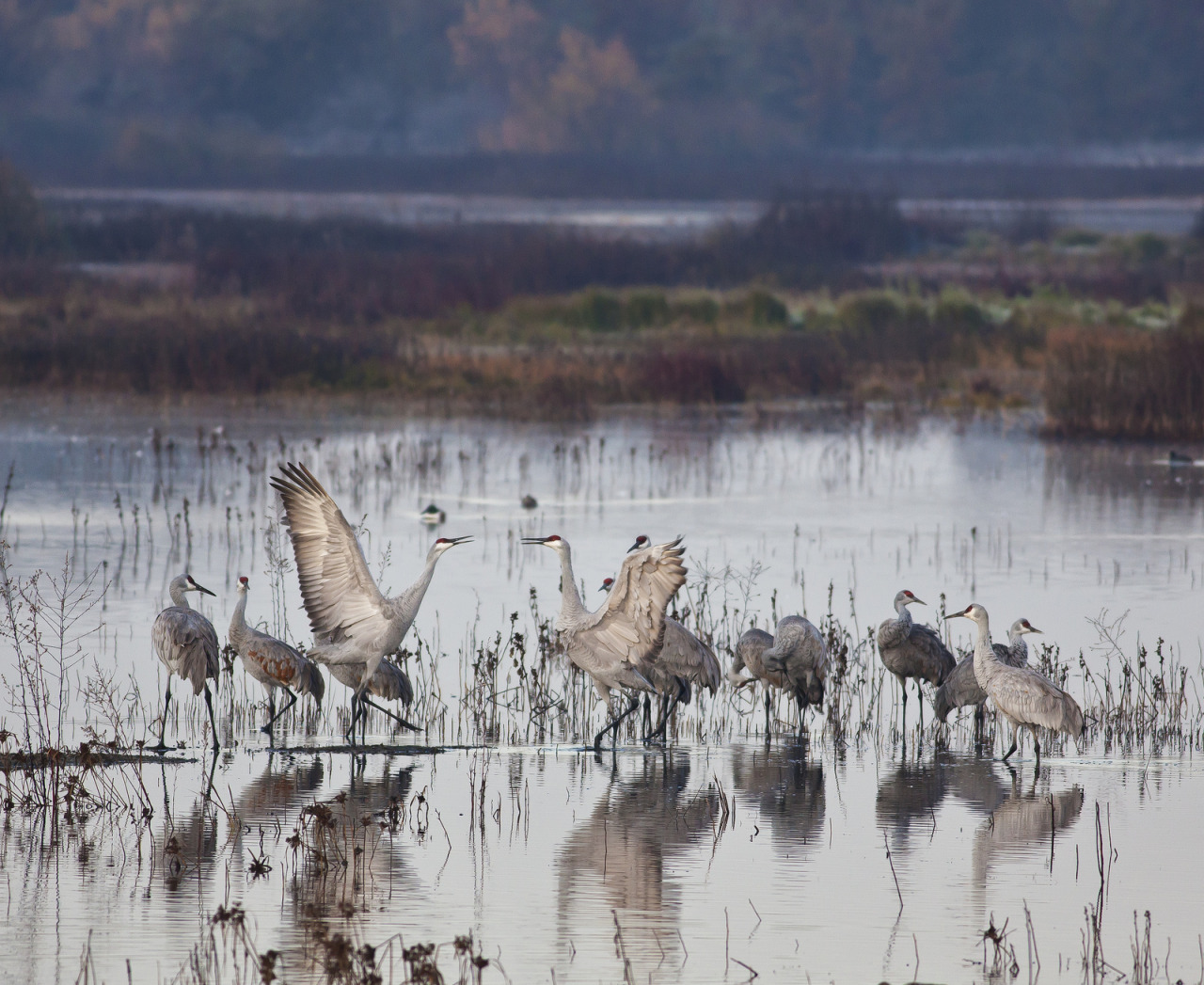
According to River Partners Senior Restoration Ecologist Michael Rogner, “If we can carve out chunks of land and restore that back to the natural wetland function, it will provide many benefits for birds and other wildlife, as well as local communities.”
River Partners’ more than two decades of reviving riverways and the birds that depend on them is getting a boost thanks to a dynamic alliance and its new roadmap for bringing back critical bird habitat and populations. And, we’re applying our in-the-field science to maximize the impact of the acres we’ve restored.
After all, would it even be winter without hearing the sounds of thousands of geese flying overhead? We don’t want to find out.
Restoration is Better Together
Since 2005, River Partners has been an active member of the decades-old Central Valley Joint Venture (CVJV), a coalition of 19 public and private organizations dedicated to restoring and preserving birds and their habitat throughout the Central Valley. The alliance finds collaborative solutions for the habitat needs of migrating and resident birds in the valley by partnering with landowners like farmers and ranchers, natural-resource agencies, conservation groups, and scientists.
The partnerships have been key to implementing successful projects. River Partners adapted many restoration designs based on input from Joint Venture partners—with the restored habitat supporting larger populations of key bird species compared to projects that didn’t receive input. Essentially, the collaboration sped up the time it normally takes to establish habitat birds want to nest in.
The non-profit California Waterfowl Association is also a member of Central Valley Joint Venture, and is a longtime restoration ally of River Partners. “We know that the task before us—restoring wetlands to serve migratory birds, purify water and sequester carbon from the air—is bigger than any one entity can accomplish on its own,” said Chief Operating Officer Jake Messerli.
“Partnerships like the one we enjoy with River Partners maximize the expertise of each to accomplish more than either organization could do alone. This is critically important when the land available for restoration is as limited as it is in California. We can’t afford to waste opportunities.”
A Bold Plan to Restore Critical Habitat
CVJV’s newly released 2020 Implementation Plan is the culmination of years of experience, research, and success. Key aspects of the plan include bold restoration targets for floodplain and wetland acreage needing restoration to support sustainable bird populations throughout the Valley.
“The objectives are informed by a vision of the bird populations we’d like to see in 100 years,” noted Jim Cogswell, coordinator for the Central Valley Joint Venture.
In concert with many partners, River Partners’ statewide restoration efforts help ensure migratory birds can thrive. By focusing on riparian areas, which support more biodiversity, including endangered species, than any other type of habitat, projects like our Dos Rios Ranch Preserve and Panorama Vista Preserve in the San Joaquin Valley, and our Hamilton City Project and Willow Bend Preserve in the Sacramento Valley provide critical sanctuaries along long migration routes.
Human development, industry, and agriculture up and down the Central Valley have dramatically altered the landscape for birds and other wildlife. Restored areas along rivers that allow for natural functions like flooding act as beacons for many struggling migratory and resident birds, including the Swainson’s hawk, sandhill crane, yellow warbler, and yellow-billed cuckoo.
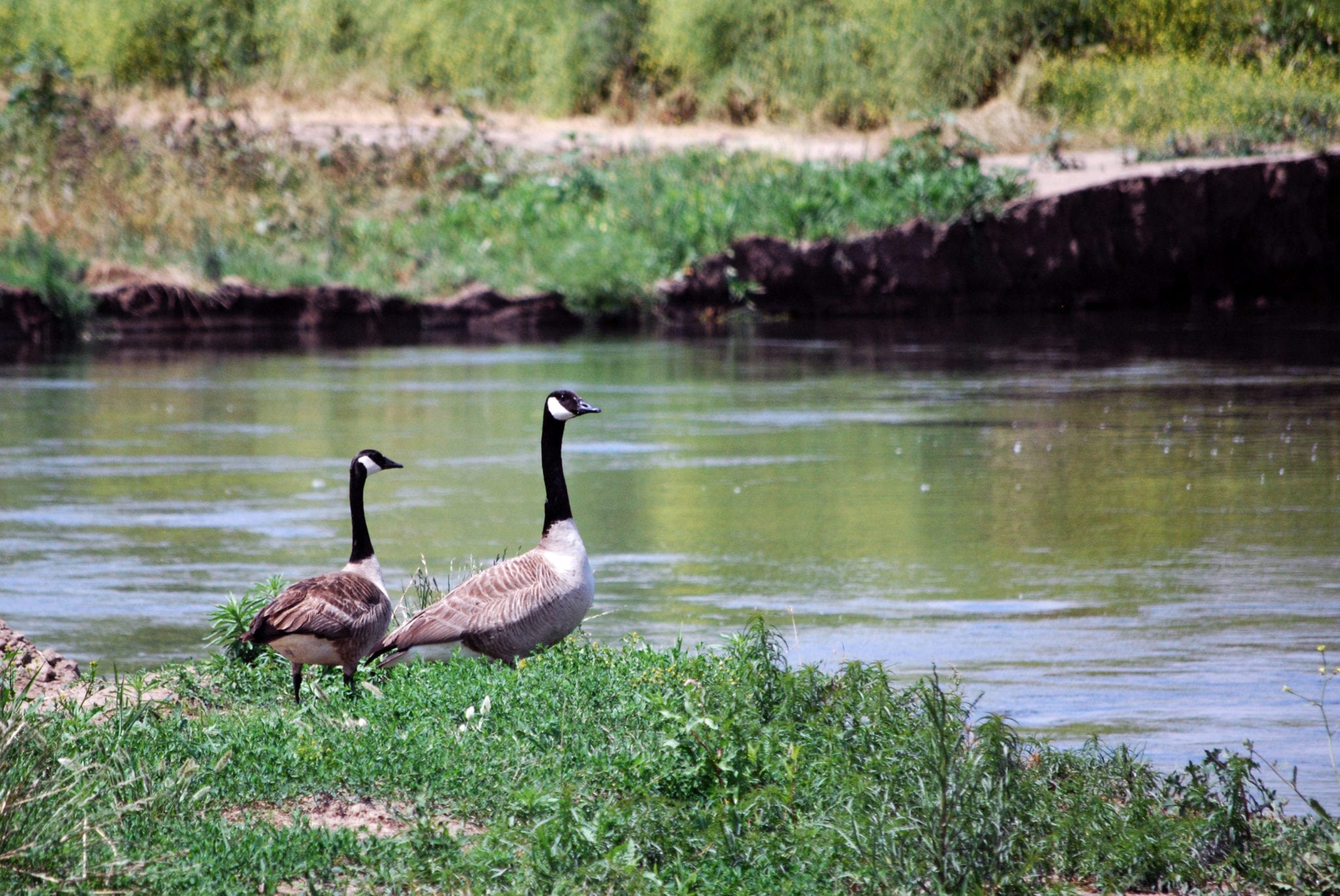
Often, it takes years to be able to measure the impact of restoration in meaningful ways. But sometimes, the impact is almost immediate.
Imagine the surprise of River Partners biologists conducting field surveys in 2005 when they found a nesting least Bell’s vireo on a tree we planted at the San Joaquin River National Wildlife Refuge only a few years before. It was the first record of the endangered bird in the Central Valley in nearly 60 years. Since then, we’ve successfully restored least Bell’s vireo habitat in San Diego County as well.
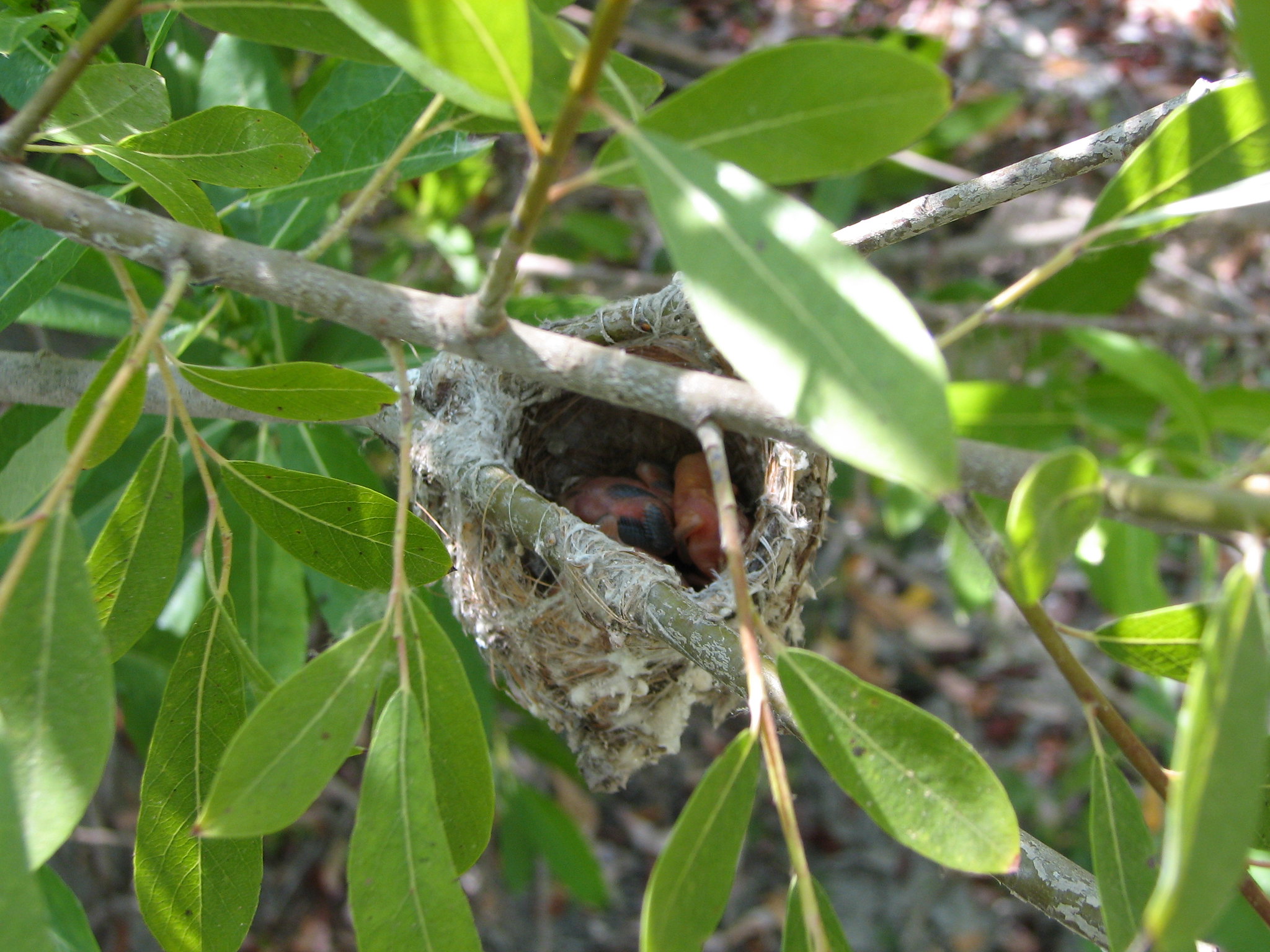
“We’re filling back in habitat that’s supposed to be there and isn’t. Where else are these birds going to go?,” said River Partners Ecologist Haley Mirts.
In the coming decade and in support of CVJV’s Central Valley habitat goals, River Partners will redouble efforts to restore thousands more acres of habitat along the Pacific Flyway to bring back populations of imperiled birds.

Pulling Every Actionable Lever for Biodiversity
While River Partners’ expertise lies in the restoring thriving floodplain forests, through our partnership with CVJV and creation of its 2020 Implementation Plan, we’re using what we’ve learned from years of experience for conservation projects related to our work.
“River Partners was fundamental in the writing of the 2020 Implementation Plan,” said Cogswell. “They provided a lot of the science and practical experience that goes into making the plan useful. And when it comes time to implement, River Partners is right there to reach out to partners and promote action.”
The 2020 Implementation Plan set the stage for a recent program CVJV developed in partnership with the California Department of Water Resources (DWR) to provide drought relief to both birds and farmers.
The program, rolled out earlier this winter, covered the cost of pumping water for farmers to flood agricultural land they wouldn’t have been able to otherwise. Doing so provided around an additional 40,000 acres of habitat for migratory birds in California, according to Cogswell.
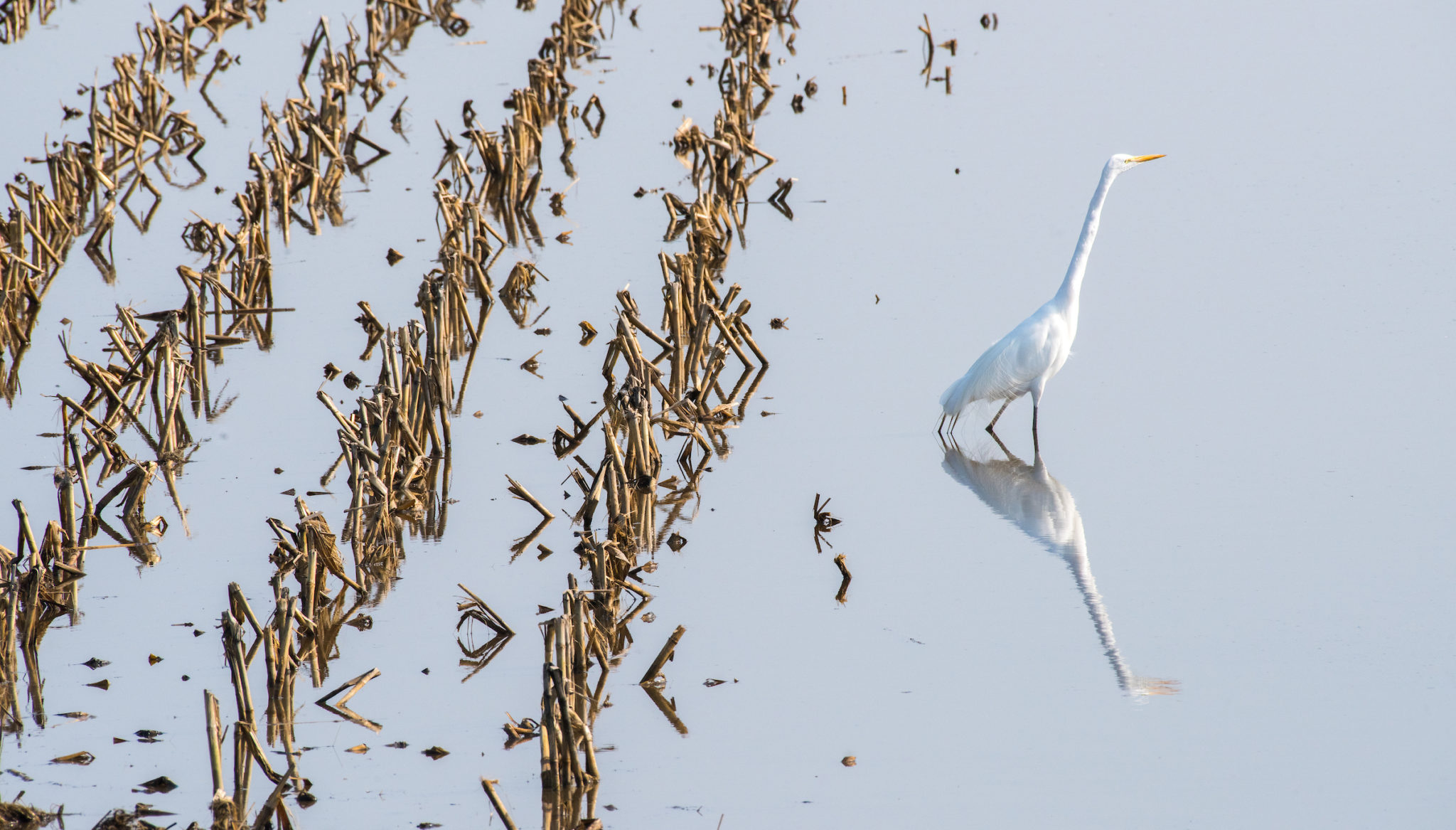
Kelly M. Grow/ California Department of Water Resources
“In this season of drought, that is very significant.” he added. “The flooded fields provide habitat for birds as well as decomposition of agricultural materials like rice stubble for the farmers. The decomposition turns it into nutrients, which increases the density of invertebrates available for birds to eat. At the end of the season when it’s time to plant those fields again, the water is released into streams where it provides sustenance for trout, steelhead, and salmon.”
The Benefits Ripple Out
CVJV has a 10-year goal of increasing all populations of bird species by 10%. Each decade the goals increase until the Central Valley reaches long-term habitat goals that can sustain bird populations 100 years from now.
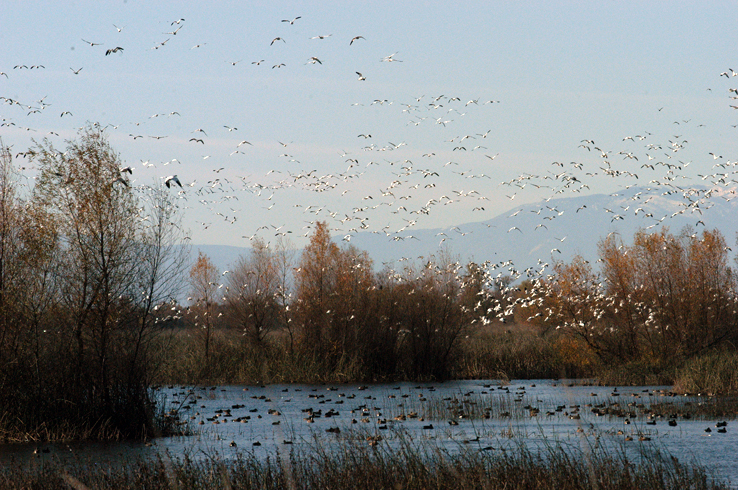
Restoring floodplain and wetland habitat will benefit more than birds. Meeting CVJV’s goals will improve regional water quality, reduce flood risk to downstream communities, recharge depleted groundwater supplies, grow forests that capture greenhouse gases, create more recreational opportunities, and create truly resilient habitat that can endure a changing climate.
“We’re really excited about the current plan, because not only is the science outstanding, but it translates that into practical information that everyone from policy makers, regulators, agencies, conservation organizations and landowners can utilize to make sure they’re investing their limited resources, like scarce water, where they can make the most impact,” Cogswell notes. “Not only for birds, but also for communities, water quality, flood control, and recreational opportunities.”
The bottom line? When we restore habitat for birds, the benefits ripple out.


